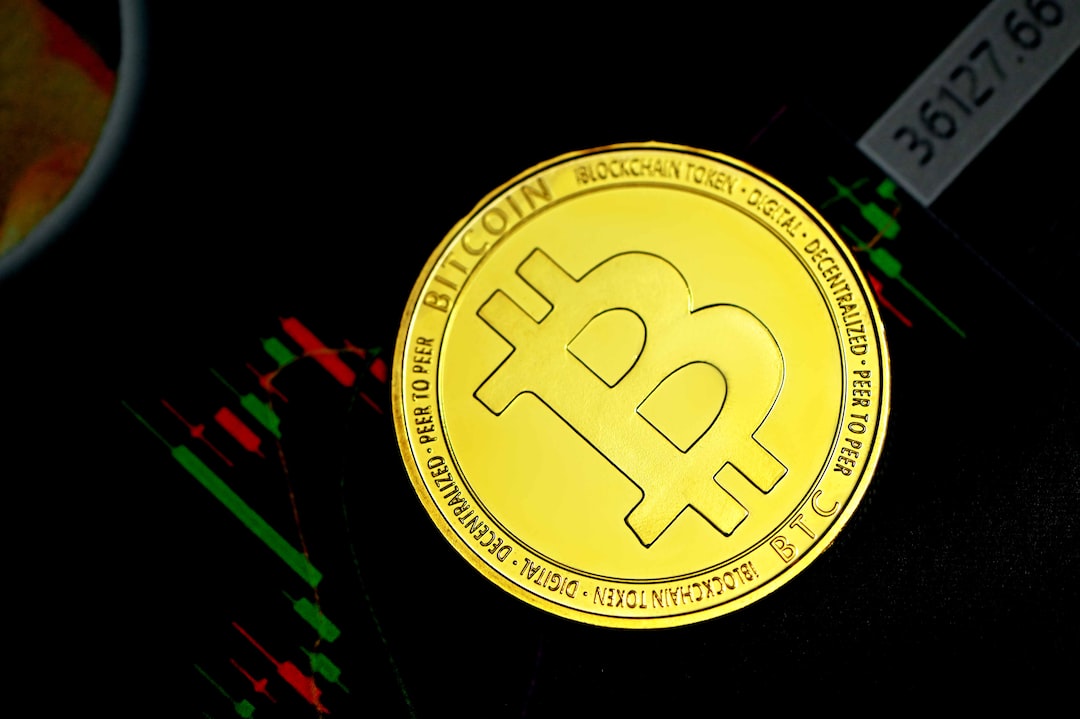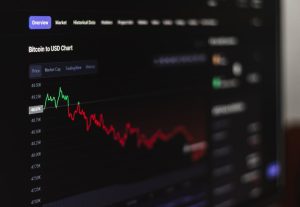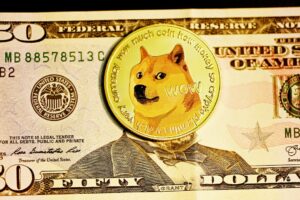The History of Wall Street Forex: How it Became a Global Phenomenon
Forex, also known as foreign exchange, is the largest and most liquid market in the world, with daily trading volumes surpassing $6 trillion. It is a decentralized market where currencies are traded, and its origins can be traced back to the early days of Wall Street.
The roots of forex trading can be found in the 19th century, when the gold standard was in place. During this time, countries pegged their currencies to gold, allowing for a stable exchange rate. However, the gold standard started to crumble during the First World War, as countries needed to print more money to finance their war efforts.
As a result, the value of currencies started to fluctuate, and the need for a market where these currencies could be traded became evident. In 1919, the Forex Club of New York was founded, becoming the first forex trading platform. Its main purpose was to facilitate currency trading among banks and financial institutions.
The Forex Club of New York was the precursor to what would later become the New York Stock Exchange (NYSE). In the 1920s, the NYSE started to offer trading in foreign currencies alongside stocks and bonds. However, forex trading was not as popular as stock trading at the time, and it remained a niche market.
The forex market took a significant step forward in the 1970s when the Bretton Woods system collapsed. Under this system, currencies were pegged to the U.S. dollar, which was in turn pegged to gold. However, the system became unsustainable, and in 1971, President Richard Nixon announced that the U.S. would no longer convert dollars into gold.
This decision led to the free-floating exchange rate system we have today, where currencies are traded based on supply and demand. With the collapse of the Bretton Woods system, forex trading gained popularity as investors and speculators saw opportunities to profit from currency fluctuations.
In the 1980s, technological advancements further contributed to the growth of forex trading. The introduction of computer networks and electronic trading platforms made it easier for traders to access the market and execute trades. This led to an increase in trading volumes and the emergence of new players in the market.
The globalization of financial markets in the 1990s and early 2000s further propelled the growth of forex trading. As economies became more interconnected, businesses and individuals increasingly needed to exchange currencies to conduct international trade.
The internet revolution in the late 1990s and early 2000s played a crucial role in the expansion of forex trading. Online forex brokers emerged, offering retail investors the opportunity to trade currencies from the comfort of their own homes. This democratization of forex trading opened up the market to a wider audience and contributed to its popularity.
Today, Wall Street forex is a global phenomenon, with traders from all over the world participating in the market. Major financial centers, such as New York, London, Tokyo, and Sydney, are hubs for forex trading, with trading taking place 24 hours a day, five days a week.
The rise of algorithmic and high-frequency trading has also transformed the forex market. These automated trading systems use complex algorithms to execute trades at high speeds, taking advantage of even the smallest price movements. This has increased market efficiency but also raised concerns about market manipulation and systemic risk.
In conclusion, the history of Wall Street forex is a story of evolution and adaptation. From its humble beginnings as a niche market, forex trading has become a global phenomenon, driven by technological advancements, globalization, and changing market dynamics. Today, it is an integral part of the global financial system, providing liquidity and opportunities for investors and speculators alike.






